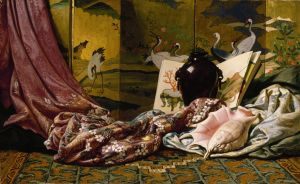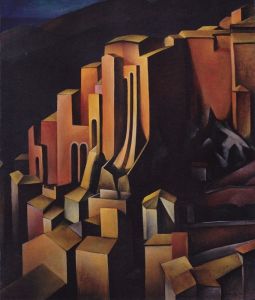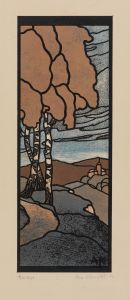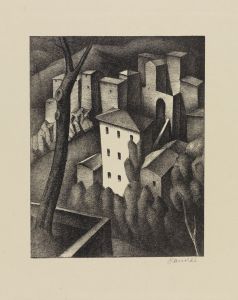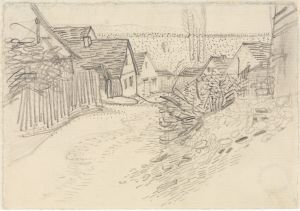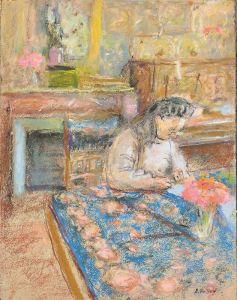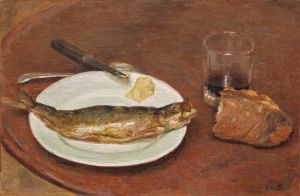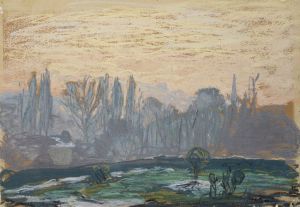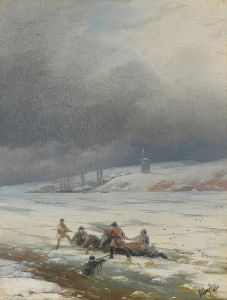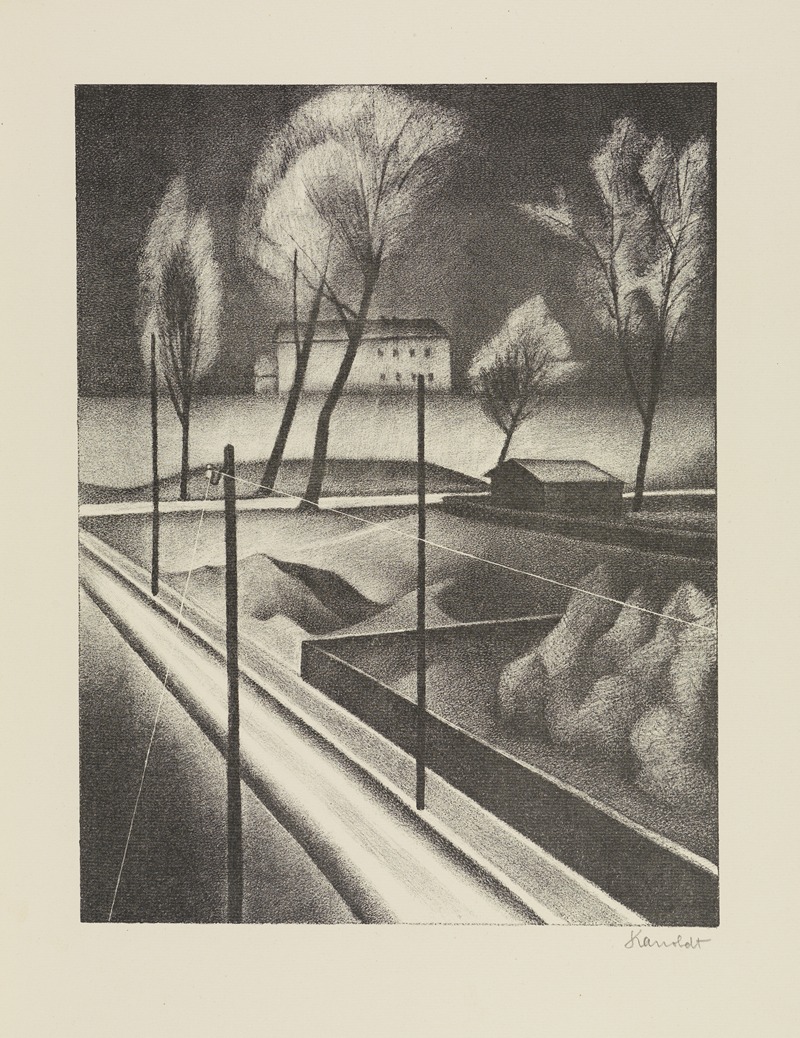
Frost
A hand-painted replica of Alexander Kanoldt’s masterpiece Frost, meticulously crafted by professional artists to capture the true essence of the original. Each piece is created with museum-quality canvas and rare mineral pigments, carefully painted by experienced artists with delicate brushstrokes and rich, layered colors to perfectly recreate the texture of the original artwork. Unlike machine-printed reproductions, this hand-painted version brings the painting to life, infused with the artist’s emotions and skill in every stroke. Whether for personal collection or home decoration, it instantly elevates the artistic atmosphere of any space.
Alexander Kanoldt was a German painter associated with the New Objectivity movement, which emerged in the 1920s as a reaction against the emotional intensity of Expressionism. Kanoldt was born on September 29, 1881, in Karlsruhe, Germany, and he became known for his precise and realistic style, which often depicted still lifes, landscapes, and portraits with a meticulous attention to detail.
One of Kanoldt's notable works is "Frost," a painting that exemplifies his characteristic approach to art. While specific details about the painting "Frost" are limited, it is consistent with Kanoldt's broader oeuvre, which often focused on capturing the quiet, understated beauty of everyday scenes and objects. His works are marked by a clarity and precision that reflect the influence of the New Objectivity movement, which sought to present a sober, unembellished view of the world.
Kanoldt's paintings are known for their clean lines, careful composition, and a sense of order and calm. In "Frost," these elements likely come together to create a scene that captures the stillness and subtle beauty of a frosty landscape or object. The New Objectivity movement, to which Kanoldt belonged, was characterized by a return to realism and a focus on the objective representation of reality, often with a cool, detached perspective.
Kanoldt was a member of the Munich Secession and later the November Group, both of which were influential in the development of modern art in Germany. His work was exhibited in various important exhibitions, including the first major New Objectivity exhibition in Mannheim in 1925. This exhibition helped to define the movement and included works by other notable artists such as Otto Dix and George Grosz.
Throughout his career, Kanoldt's work was well-received for its technical skill and clarity of vision. However, like many artists of his time, his career was affected by the political changes in Germany. During the Nazi regime, modern art was condemned, and many artists, including Kanoldt, faced significant challenges. Despite these difficulties, Kanoldt continued to paint until his death on January 24, 1939, in Berlin.
Today, Kanoldt's work is appreciated for its contribution to the New Objectivity movement and its ability to capture the essence of the period in which he lived. His paintings, including "Frost," remain a testament to his skill and his commitment to portraying the world with precision and clarity. While specific information about "Frost" is limited, it stands as part of Kanoldt's broader legacy in the world of modern art.





